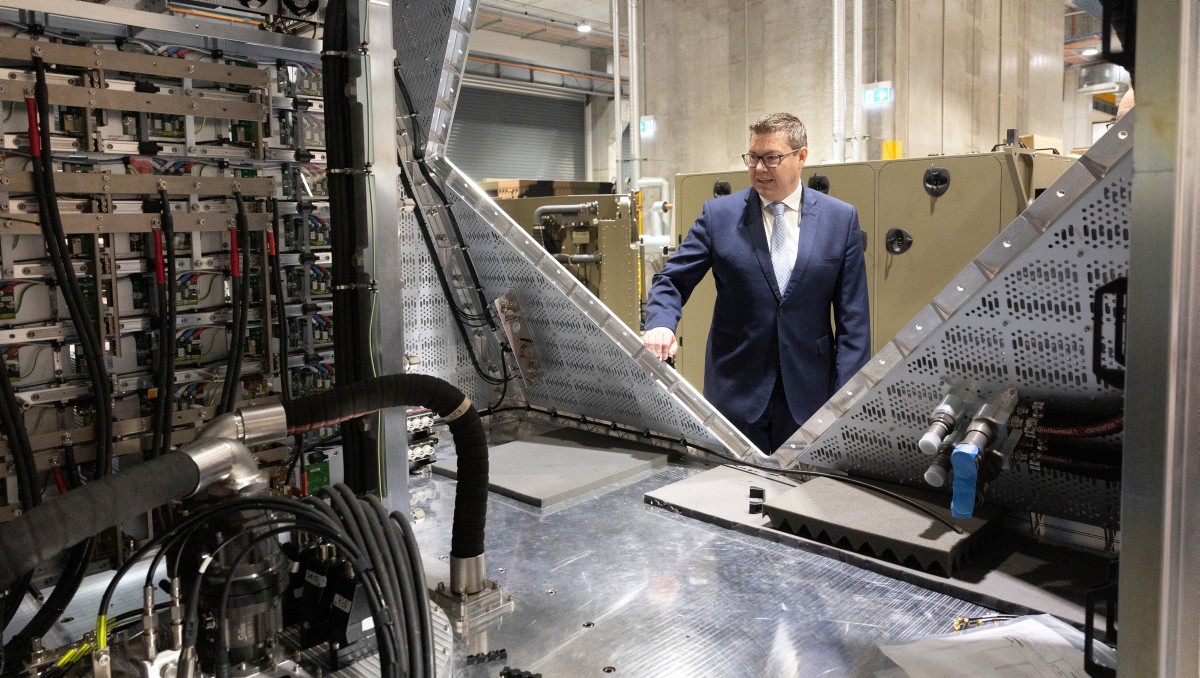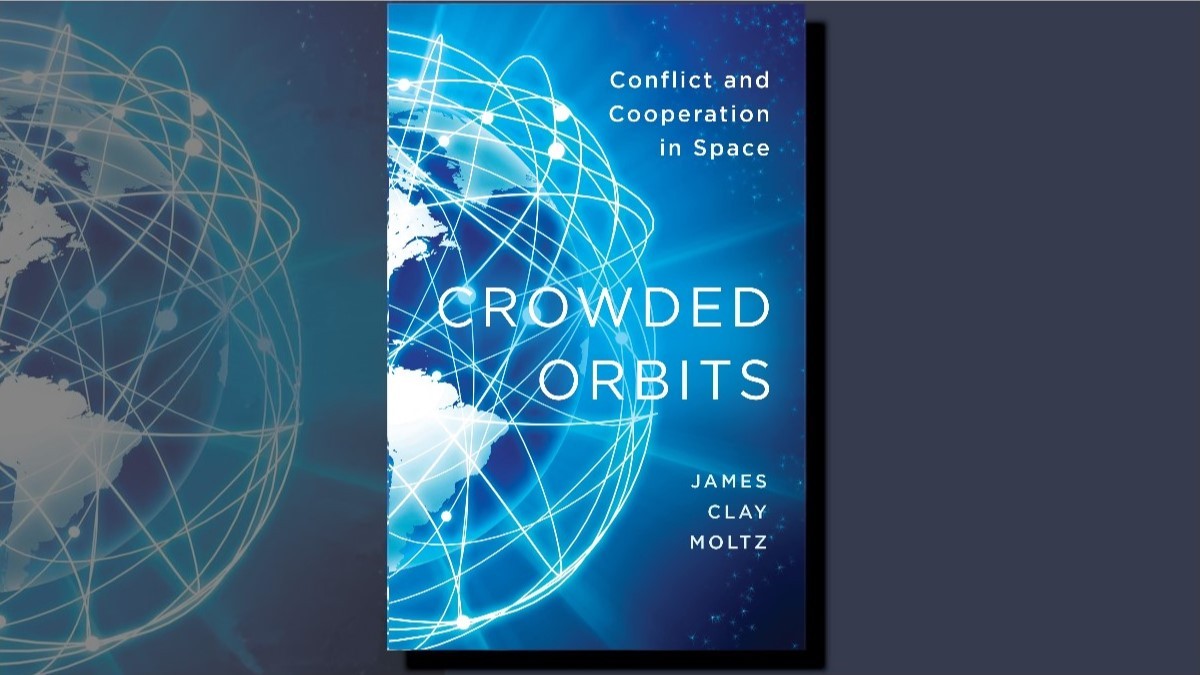Rethinking Urban War for an Army in Motion: introducing the challenge
This blog is part of an ongoing series written by Dr Charles Knight on the topic of urban warfare.
Our people must be leaders and integrators who contribute to multi-disciplinary teams, enabling us to thrive in uncertainty, adapt to change and generate solutions. We must leverage emerging technology as a potential source of advantage, integrating new technologies within the joint force…. We must pull the future towards us rather than wait for it; Army must respond proactively by rethinking our contribution to joint warfighting philosophy, strategy and concepts.
Accelerated Warfare, Chief of Army (2018)
Background
Global urbanisation and the asymmetric advantages of fighting amongst populations and physical structures are driving warfare into cities and urban areas. The city is both the most demanding warfighting environment and an increasingly likely future battlefield: it is a hard fight. The reasons for this are clearly and systematically presented in last week’s must-read article from John Spencer of The Modern War Institute. He refutes the optimistic proposition that ‘the City is Neutral’.
When militaries enter they encounter a layered set of challenges unique to the environment. An enduring and rational reluctance to fight there results in shortfalls of mindset when it cannot be avoided. Structures make the fight complicated and tactically difficult, while it is the overlay of the presence of populations and information technology that make it truly complex. (These particular challenges will be examined in detail in a later post). Recent urban battles have demonstrated that determined defenders can inflict such high casualty levels that attacking forces cannot progress without heavy reliance on artillery and air power. The result is extensive destruction and civilian casualties, creating a moral dilemma of weighing the value of soldiers’ lives against civilian ones. The problem is not just tactical and moral. Domestic and international outrage at civilian suffering can create geo-strategic political consequences, evidenced in the first battle of Fallujah in 2004. These realities constrain the military options that the ADF can offer Government to respond to crises in urban areas.
Rethinking the urban fight – a challenge
The Chief of Army’s vision of future Accelerated Warfare sketches how technological and social change will compound the problems of coming conflict and demands that we leverage new technologies and approaches to gain advantage for an Army in Motion. The Army innovation program and initiatives such as BAE’s autonomous M113 are responses to this, but they are not sufficient. The Chief is seeking new thinking. He is directing us to rethink our philosophy, strategy and concepts, highlighting that the urban fight presents special challenges. This is true for all armies, but it is important to consider both that, on the one hand, the demands of the environment and implementing concepts such as human-machine teaming will play to the strengths of the Australian soldier, while on the other Australian public expectations may constrain options available to other armies.
The Australian Army Research Centre (AARC) facilitates collaboration and provides forums for sharing and discussing ideas on behalf of the Chief of Army. Through the Army Research Scheme and other arrangements, the AARC is already enabling research on contemporary urban operations, engaging with UNSW-C work on the ethical and policy dimension of autonomous capability in the urban environment, as well as inviting contributions for the Australian Army Journal—but we also seek to do more. To generate ideas and seek input from across Army and beyond, the AARC plans to publish a series of Land Power Forum discussion pieces over coming months and all are invited to contribute. To prompt this dialogue, the remainder of this piece discusses past and possible future solutions and presents a scenario for your consideration.
An enduring tactical problem that requires technical solutions
In recent urban battles such as Mosul, Raqqa and Marawi, armies have relearned that advancing against determined defenders results in heavy casualties unless the threat from lurking fighters and IED’s is neutralised before every forward bound. ‘Risk reduction’ is mostly achieved using high explosive munitions delivered by air or high angle fire. These methods can spread destructive effects over a wide area and are a major cause of increasing civilian casualties in war worldwide—a growing concern of international humanitarian organisations. The International Committee of the Red Cross will later this year release a report recommending limiting the use of such wide area effect weapons.
What are the alternatives for reducing civilian suffering in urban areas? History highlights an ethical dilemma. During the initial urban battles following the invasion of France in 1944, the Allied forces inflicted heavy casualties among the French population in places such as Caen because of a reliance on bombardment. As the Commonwealth armies pushed east, they developed a new clearing method using pairs of specially engineering tanks. One was equipped with large calibre (290mm) demolition guns and the other a flamethrower. Time and again, normally resolute German defenders would withdraw rather than remain and face a building being demolished on top of them or before being burnt alive in the rubble. The horrific psychological effectiveness of flame capability is precisely why it is rarely fielded today—although contrary to popular view, it is not prohibited by International Humanitarian Law. The moral challenge is that this method significantly reduced both destruction and casualties of all kinds.
While flame weapons are ‘beyond the Pale’, the important question is what other technologies might provide an equivalent eviction effect? For example, are systems developed for nonlethal riot control using microwaves or ultrasound relevant?
There are other tactical approaches which may reduce risks to soldiers and civilians such as:
- Obscurants could allow thermal imager equipped soldiers to maneuver unseen on streets.
- Specialist engineering vehicles can enable mechanical building clearance with less reliance on high explosive, while remote control technologies will allow them to be uncrewed.
- Artificial intelligence and autonomous systems may offer additional reduction of risk to civilians.
The use of smoke for screening has occurred since ancient times. In recent decades, it has offered new potential because thermal imaging systems allow users to see through some types of smoke cloud when enemies reliant on the naked eye cannot. However, this simple and high payoff tactic has been overlooked (except in Israel). Most Western armies are reliant on artillery or mortar munitions to deliver smoke effects, which can still kill and injure as they fall or burn. Furthermore, most smoke compositions are toxic or at least carcinogenic, so armies have not practiced moving within smoke. How might obscurants be used in urban operations?
Uncrewed armoured vehicles have been around since the Soviet Tele-tanks of the 1930s, but have not yet reached technical maturity (though it appears they will offer radical advantage when they do). Killing a vehicle is far harder than killing its crew—and more expendable. Israel is investing in an optionally crewed urban armoured vehicle—the Carmel project. While industry is offering many platforms carrying highly sophisticated sensors and accurate weapon systems, most are vulnerable to small arms fire at close urban ranges. In contrast, the Russians have fielded some relatively large and rugged platforms, but negative reporting from Syria suggests that their sensors and remote-control systems do not yet provide the operator with the situational awareness to reach their potential. How might such systems be best used in the urban environment, noting that the well-established vulnerabilities of armoured vehicles there mostly also still apply to uncrewed platforms?
Today, robots that can walk, jump, climb stairs, open doors—and deliver a range of weapons effects—are available. Small armed drones appear to offer the possibility of dominating the battlefield in unprecedented ways. Theoretically, such systems may be able to largely remove the need for the human in the close battle. Practical considerations such as bandwidth limits, signal concentration in a small space, and especially the attraction of jamming such signals provide powerful incentives to equip armed robots with increasing degrees of autonomy. While this is likely to offer both efficiency and effectiveness (and may even improve discrimination of legitimate targets), any question of removing human decision-makers from the decision to apply lethal force presents deep philosophical challenges. As a matter of policy, the Army will keep humans in the lethal decision-making loop, but drones and robots still offer enormous but ill-defined opportunities—what might they look like?
Responding to the Challenge?
The Chief needs your ideas for advancing an Army in Motion. We welcome your thoughts about the use of technologies described above or responses to the more detailed capability questions listed here.
The views expressed in this article and subsequent comments are those of the author(s) and do not necessarily reflect the official policy or position of the Australian Army, the Department of Defence or the Australian Government.
Using the Contribute page you can either submit an article in response to this or register/login to make comments.




